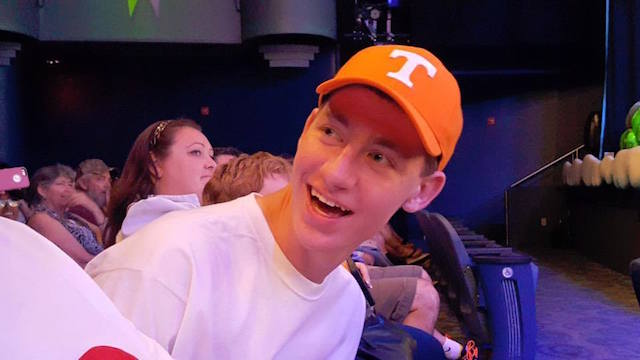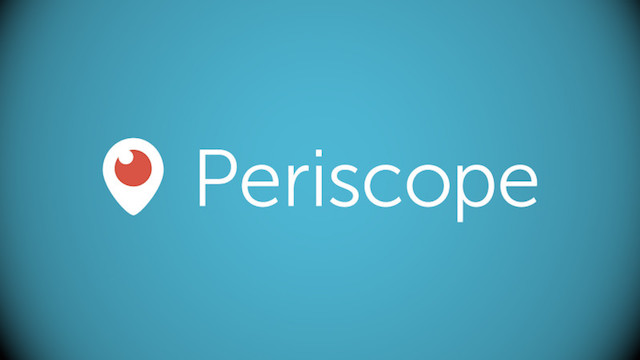Ten years ago, Hurricane Katrina rocked the Gulf Coast and became one of the most startling, devastating stories of the decade.
When it happened, I was unemployed … and ready to book a flight to New Orleans.
I wanted to do whatever I could to help, but two factors kept me away. The Red Cross had requested only volunteers with medical training, which would have left me useless. Also, shortly around the time when I would have bought my ticket, I received and accepted a job offer to work in Buffalo, NY and needed to turn most of my attention to that.
But I kept New Orleans on my mind. Three years later, I booked a flight to go down for a week and help rebuild a home … but then cancelled the flight when a different hurricane, Gustav, placed the region on alert.
Finally, in the winter of 2009 — a perfect time to vacate Buffalo for warmer temperatures — I succeeded. I re-booked flights and signed up to volunteer with the St. Bernard Project, which still does tremendous work with residents displaced from their homes. With nothing to stop me, I headed down South.
And I will never forget what followed.
My week in New Orleans filled me with emotions: anger and admiration, frustration and inspiration, horror and humility. I twice almost cried — once out of extreme sadness, once out of immense joy. But I knew I wanted to document these feelings, and not just with my camera.
So I wrote. I used the now-forgotten Facebook feature of Notes to write six daily posts from the Crescent City. They provided my friends with as much of a window as I could provide; they provided me with an outlet to share my experience with those closest to me at home.
It was one of the first times where I truly understood the power of social media to make an impact.
To commemorate the 10th anniversary of Hurricane Katrina, here are my six notes from New Orleans, edited slightly for content, time, and grammar (I cringe sometimes when I see my old writing). I think you will see how my emotions deepened over the course of the week, all the way until its poignant end. (more…)





